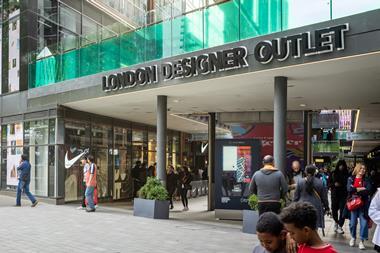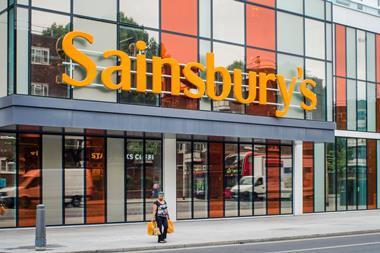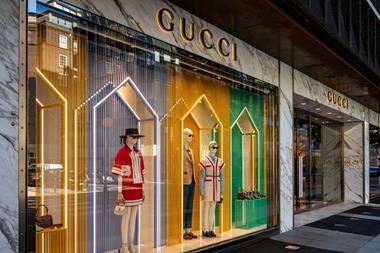June shop prices deflated at their fastest rate in six years, as non-food retailers slashed prices in the summer Sales.
According to the British Retail Consortium (BRC) Shop Price Index, shop prices fell for the second consecutive month to 0.2% from 0.1% in May.
This was pulled down by non-food, which dropped 1.9% in June from 1.5% in May. The BRC said non-food deflation has not been deeper since 2009 when prices fell 2.1%.
But food inflation increased to 2.7% in June from 2.4% in May, its first increase in seven months.
BRC director general Helen Dickinson said: “The volatile weather also had a part to play in pushing down non-food prices. It’s telling that the categories which saw some of the deepest discounting – clothing, footwear, furniture and DIY - were those whose sales were hit the hardest during the lingering cold snap.
“Food inflation has edged up marginally since the near three-year low seen in May, driven by slight increases in ambient and fresh food prices. However, I would expect it to remain fairly stable over the medium term.”
Across non-food four categories reported deflation in June, with clothing and footwear recording the biggest falls. Furniture and flooring and the DIY, gardening and hardware categories were the other drags on overall non-food prices.
Food inflation was driven by ambient food and alcoholic drinks. Fresh food recorded a slight inflation rise, as the price of vegetables shot up.
But Nielsen head of retailer and business insight Mike Watkins warned that food prices are expected to increase further as some seasonal cost price increases are beginning to filter through to prices.
He said: “After a three-year low point in shop price inflation and a slight recovery in volume growth in the last six months, and with promotion spend plateauing, some seasonal cost price increases are again filtering through to the shelf.
“If this trend continues, it will set the shoppers` agenda for the next six months and food retailers may need to focus on simple price cuts as well as multi-buys in order to drive footfall and spend.”
























1 Reader's comment